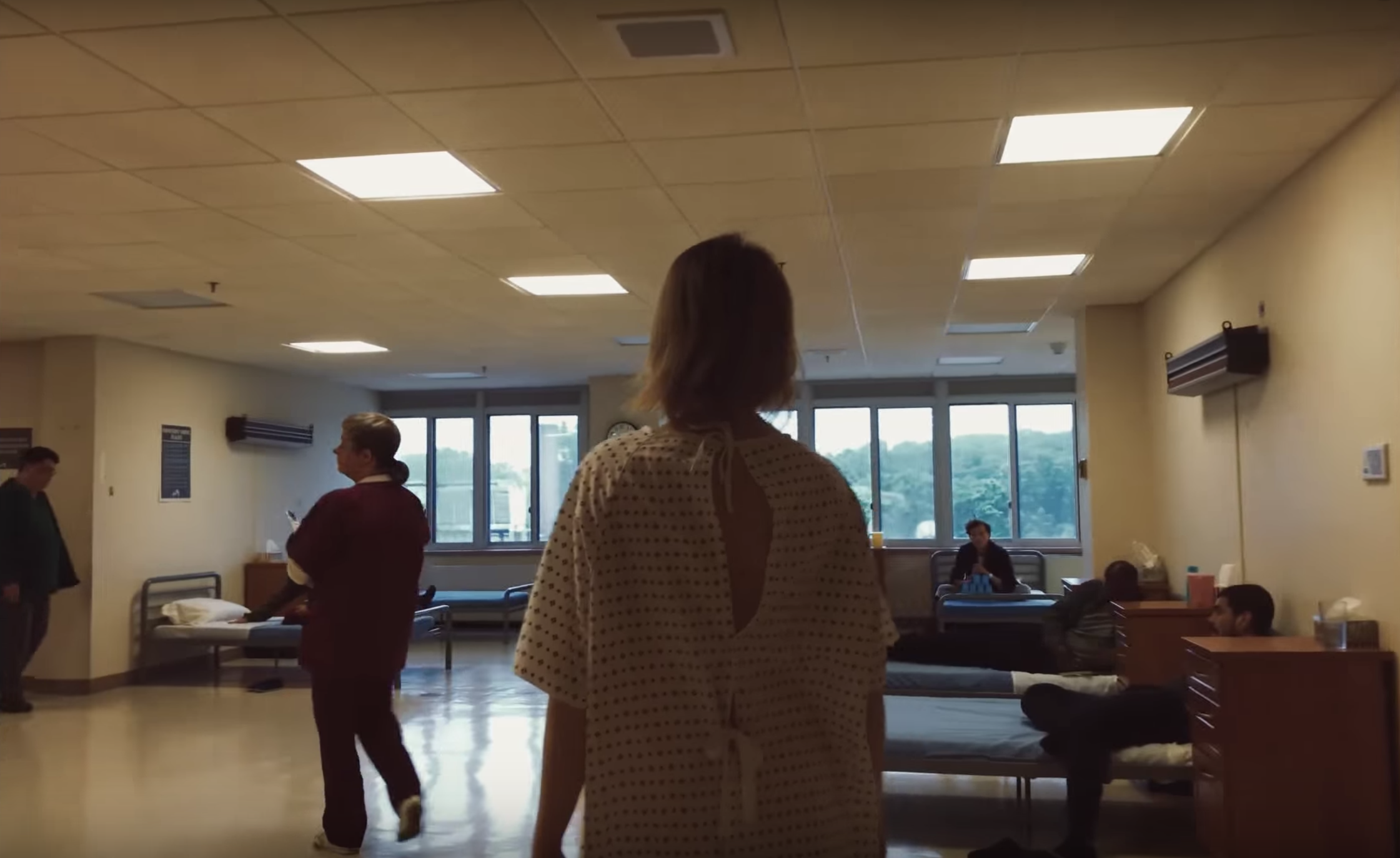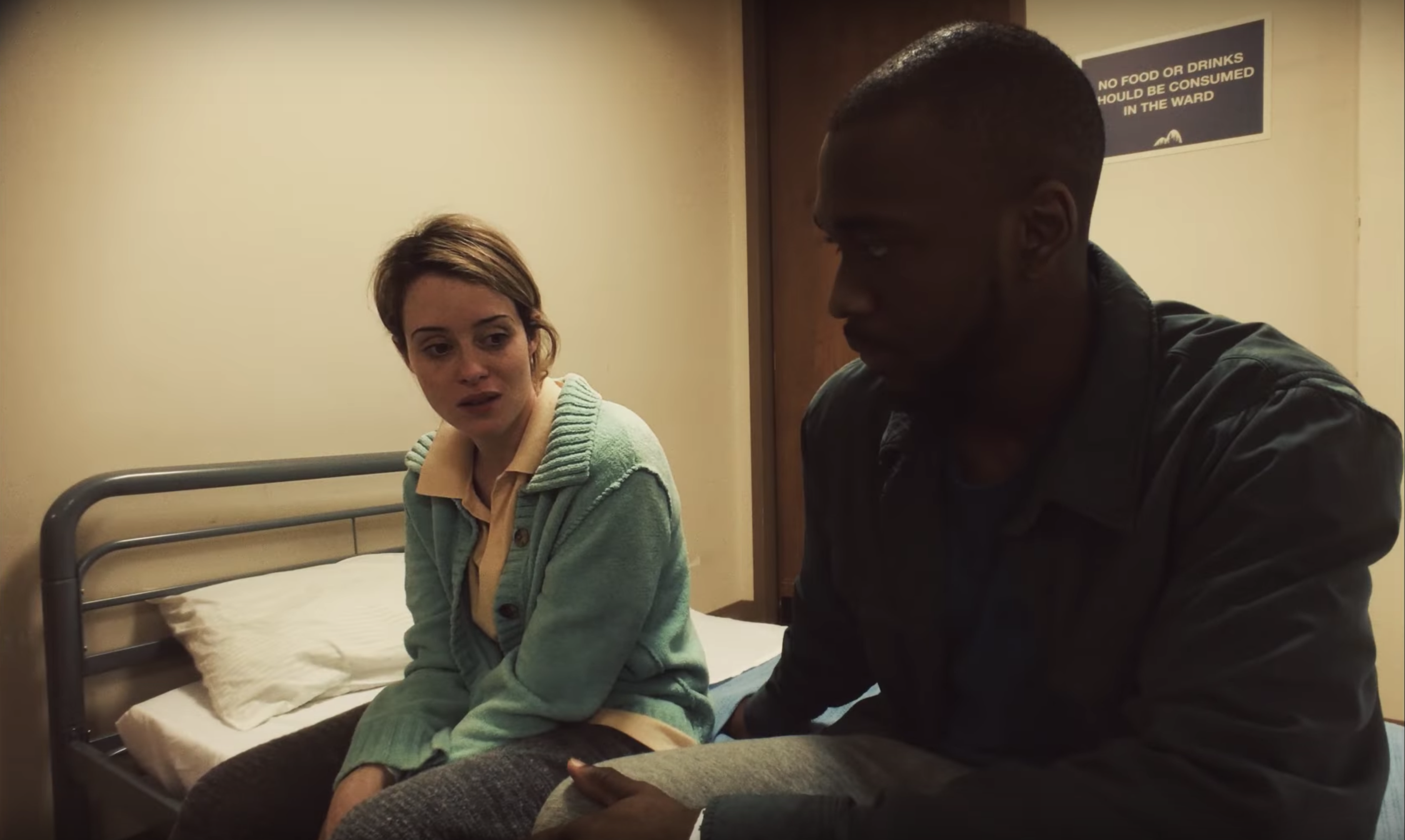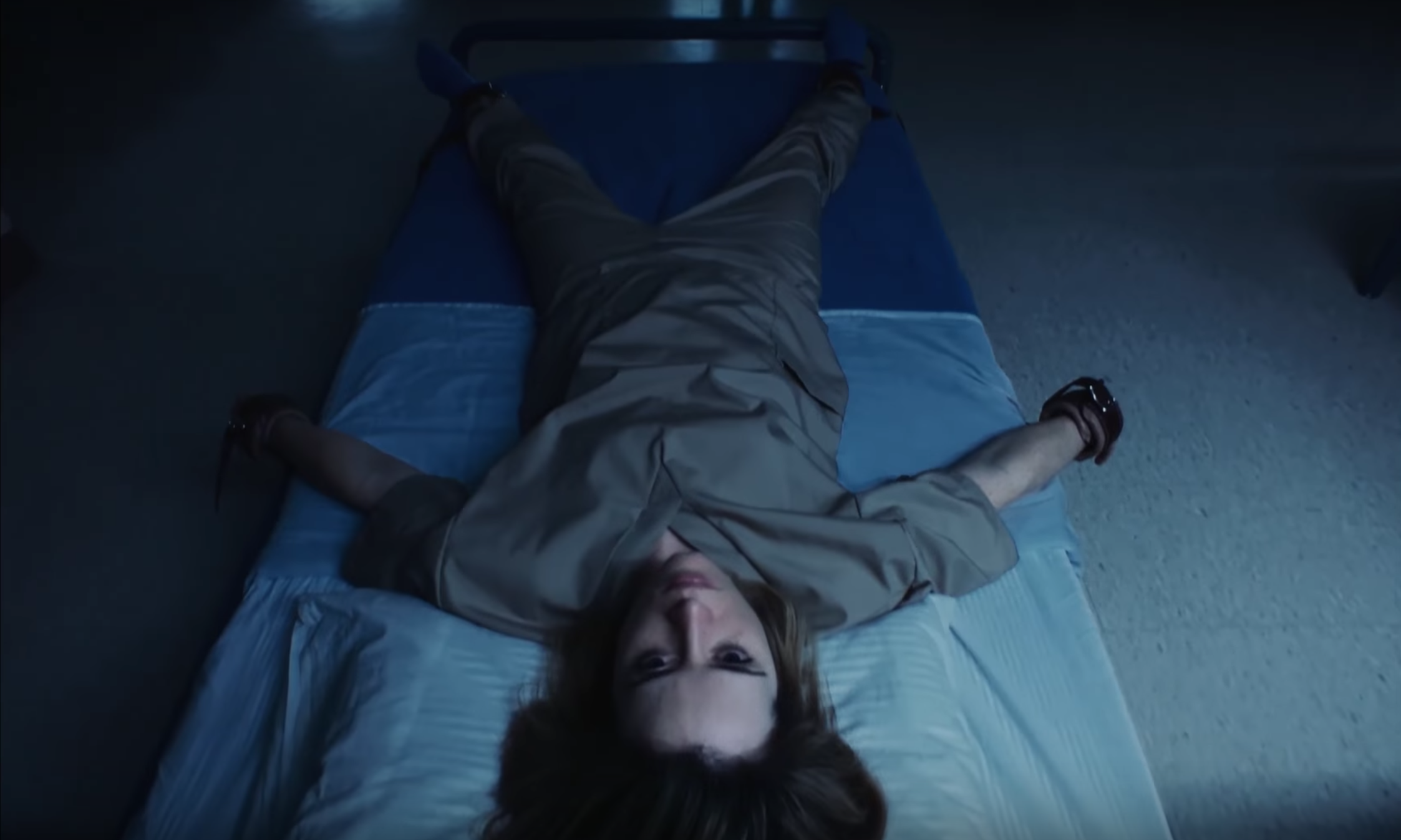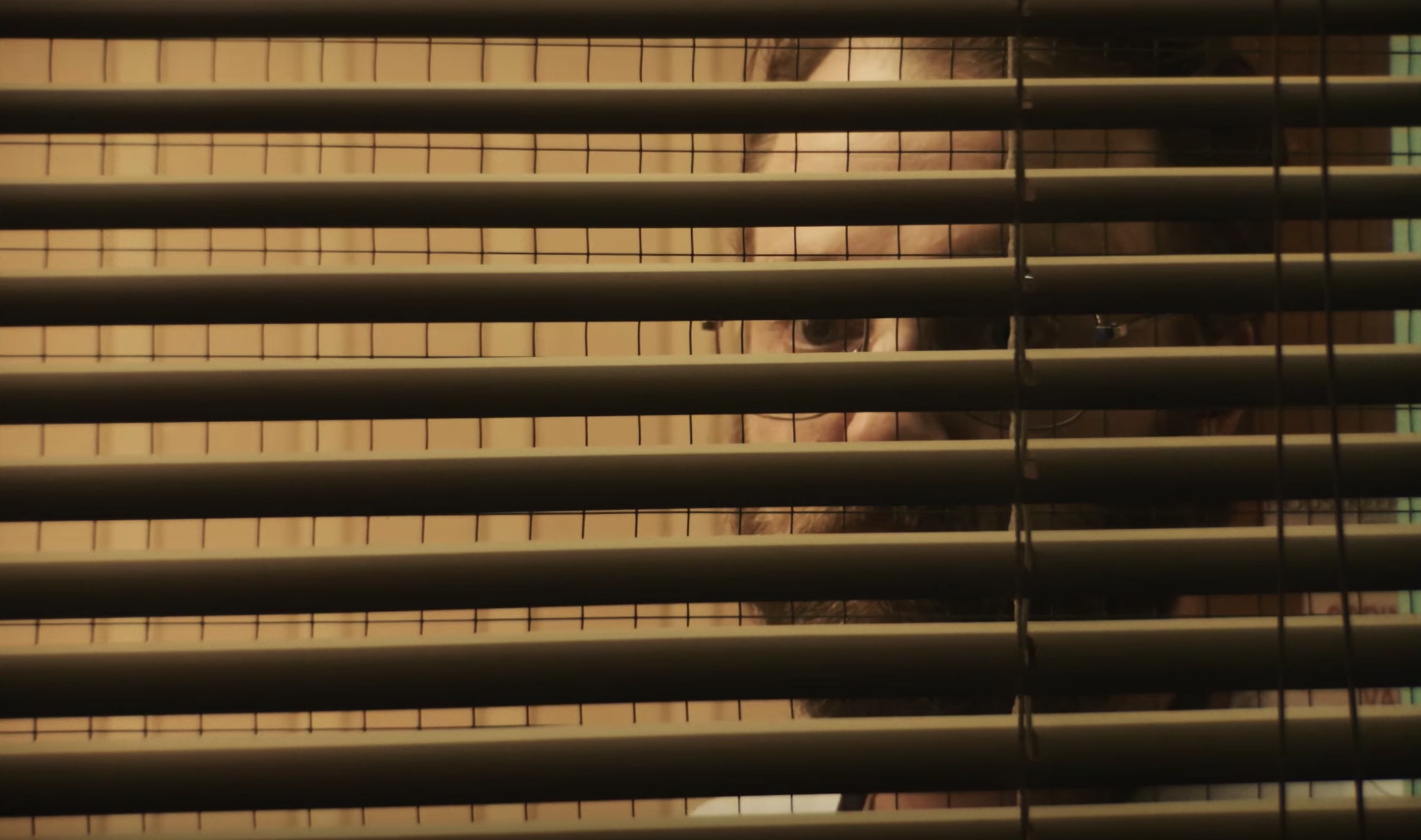Unsane: Room for Conspiracy
Spoiler Alert: this post is about the film Unsane (2018), and contains important plot points from it.
When I think of the word insane, I imagine a sterile psych ward and a patient in white spotted gown, with only their long, frazzled hair visible from behind. You’d hear their quiet mumbling from the entrance of the room, accompanied by an occasional twitch. When you take a few steps forward, the mumbling would become louder, and you’d begin to recognize them as the words of a babbled theory, maybe about the people out to get them, or a secret no one knows.

In Unsane, we follow Sawyer, a woman who might have been involuntarily committed to a psych ward as she tries to convince her caretakers that she is imprisioned by her stalker. Sawyer’s captivity begins when she accidentally signs a form that allows them to admit her to the facility for 24 hours. On the first night, she encounters a caretaker who looks exactly like the man who stalked her, and strikes him in the face out of shock. After the rest of the staff wrestles her down and sedates her, the attending physician of the facility hears about the incident, and uses it to justify the extension of her stay from a day to a week.

One of the other patients explains to Sawyer that erroneous admittance to the facility occurs frequently, mainly so that these companies can harvest insurance money. He explains that they have a quota- just like everyone else- and that hospitals are, first and foremost, a business.
She is able to contact her mother with his phone, and her mother attempts to free her, but is entangled in a web of bureaucracy. The hospital tells her that there is no better place for Sawyer, and the lawyers tell her that there is nothing they can do until the end of the seven days. Even the police tell her mother that there is nothing she can do.

Over the next few days, Sawyer’s stalker drugs her, kills her mother, and isolates her in a padded room. He confesses his love and asks her to live with her in the woods.
It is never made clear whether Sawyer is truly insane, or if she was ever in the facility in the first place. But as unreliable as she is, her conspiracy is somehow perfectly believable.

When does a conspiracy become believable? When do babbeled theories from the mouth of a psych patient appear plausible? All it requires is just enough room for doubt. And in the world of Unsane (a world much like our own), there is plenty.
Here is a place where male bosses attempt to lure women into compromising situations with the glittering lure of a successful career. A place where hospitals are motivated by money and imprision people to harvest their insurance. Where a stalker objectifies Sawyer enough to believe that love is capturing someone in an empty blue room and forcing them to bend to your will. Anything other than what he expects is written off as insanity.
These things are easy to believe here, even when we are shown that the narrator is delusional, because they are plausible. They are stories that we’ve scrolled past on facebook, or tales told by friends of friends- just out of reach so that we are not involved.
And there is room- just enough room- to believe that we live in the same reality of the Unsane.
